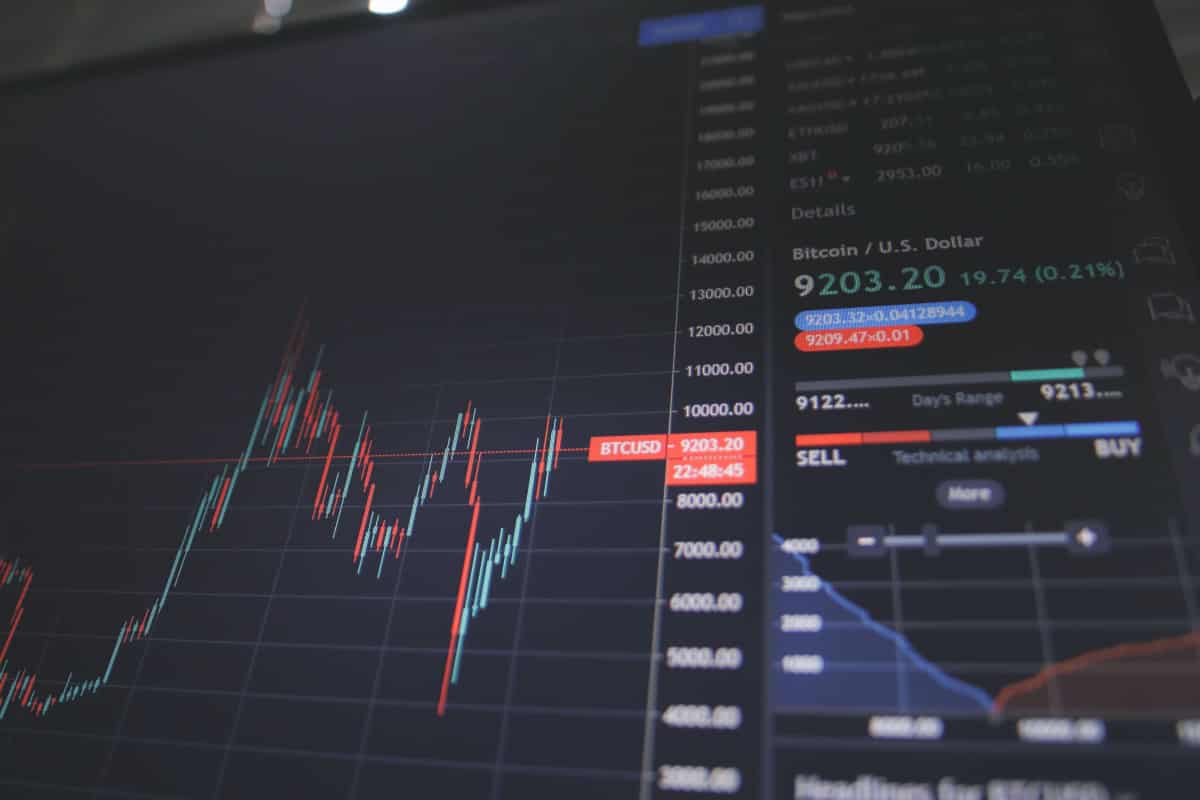Sydney-based analyst. Formerly Legal Intern at Lawpath.
Introduction
The revival of bitcoin has been striking a lot of curiosity among crowds both in and outside of the financial sector. However, anyone who has ever looked into bitcoin to find out some curious fact or other about the cryptocurrency knows just how deep that rabbit hole can go.
In this guide, we will do some of that deep-dive for you as we check out what all the fuss is about regarding the revival of bitcoin. To do this, we’ll first briefly (or, as briefly as possible) explain what bitcoin is. Then we’ll look at where exactly bitcoin disappeared to, and some of the main reasons as to why it’s being revived now.
What is bitcoin?
Bitcoin can be described in a variety of ways. For example, capital ‘B’ Bitcoin describes both a financial technology and a peer-to-peer network. Lower ‘b’ bitcoin describes both a currency and an asset. We’re going to try and simplify things by explaining what bitcoin is in terms of two things: the network and the value. However, keep in mind that a really thorough explanation isn’t so simple.
Bitcoin network
Bitcoin is not created or distributed by a central institution (like a bank or a company). If we think about traditional currencies (like the Australian dollar), they are created (or printed) by central banks, and distributed by commercial banks. Additionally, commercial banks and other financial institutions record and validate exchanges of traditional currencies. Think about your credit and debit cards, bank accounts and bank statements. Bitcoin however operates out of a network of a bunch of computers using Bitcoin software from all over the world (a peer-to-peer (P2P) network). This network ‘creates’ (or ‘mines’) and distributes bitcoin, as well as records and validates exchanges.
Bitcoin value
In a basic sense, currency is worth what people are willing to accept it for as payment for goods, services, or other currencies. Traditional currency is the medium of payment for everything in our economy. As such, its value can change because of reasons relating to international trade, government policy, and global crises.
However, this is not as true of cryptocurrencies like bitcoin. As a form of payment, bitcoin lacks quite a bit in terms of the range of goods and services it can buy. It’s also a decentralised currency. There’s no government to legitimise it, nor does it link itself to any single country’s economy. As such, bitcoin (and the value of bitcoin) is not interconnected in the global economy in any major way. Therefore, its value is mostly given by how much traditional currency people are willing to give in exchange for it. Today, there are a bunch of places you can buy bitcoin from. For example, Cointree, BTC Markets and Luno. While the price for bitcoin currently sits quite high in these markets, currency markets are highly volatile, and this is no less true of the market for bitcoin.
The 2017 bitcoin bubble
In 2017, the price for bitcoin soared. It went from exchanging at about $1000 USD to about $20,000 USD in the space of a month. This price rise was catalysed by the announced introduction of bitcoin futures in December of that year. The prospect of bitcoin futures attracted some major investors into the cryptocurrency market. This kicked prices of cryptocurrencies a bit higher. This then attracted a wave of excited (and rather inexperienced) retail investors into the cryptocurrency markets. This blew the price of cryptocurrencies through the roof. However, as suddenly as major investors became excited about cryptocurrency, they changed their minds and started exiting the market. This all resulted in a major drop, with bitcoin exchanging at around $5000 USD only a couple months after its peak. This is why the 2017 spike is often characterised as a bubble (though, certainly not the first one).
Bitcoin’s revival
Recently, the price has been seeing a similar skyrocketing. However, there are some points of difference in the recent revival of bitcoin from the 2017 bubble which may spell a different future. We’re going to go through the three main ones.
The spike
Firstly, the price rise is far less dramatic as compared to 2017. Bitcoin’s price was somewhere near $5000 USD in early to mid 2020, and has since risen to about $40,000 USD. While this is a higher peak, it has taken a much longer time to get here.
The excitement
Secondly, very different kinds of news as compared to back in 2017 is sparking a lot of the excitement. This time around, the excitement is surrounding bitcoin’s movements towards the mainstream. For example, Paypal recently announced that it would be accepting bitcoin payments. Also, Elon Musk recently announced that Tesla had made a major investment in bitcoin (about $1.5 billion USD). This investment came with an announcement that Tesla is planning to accept bitcoin payments in the future.
The context
Thirdly, it’s worth keeping in mind that this spike in bitcoin’s price is occurring in a global pandemic. Some analysts are saying that investment in bitcoin is looking like a hedge against traditional currency. Essentially, this means that people are investing in bitcoin as a safer asset than holding traditional currency. This is because central banks all over the world are taking measures to stimulate the economy. Spoiler alert: this usually involves printing lots of money which can cause the value of currencies to drop!
Conclusion
In all, the revival of bitcoin can be seen in the spike in its value. However, this rise is occurring far more steadily than in 2017. It is closely related to expansions in the range of goods and services bitcoin can buy. As we discussed, this can lead to changes in its value due to reasons relating to international trade, government policy, and global crises. Some of these influences are already showing themselves, such as the effect of the COVID-19 pandemic. Now, all that is left to see is whether bitcoin is here to stay.






